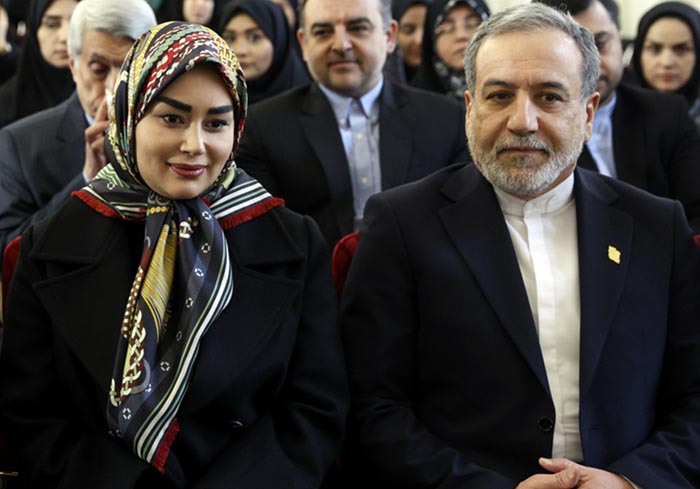The Controversy Surrounding Defense Secretary Pete Hegseth’s “Kafir” Tattoo
The Reaction and Social Media Backlash
Following the tattoo’s reveal, social media erupted with a plethora of reactions. Critics labeled Hegseth’s choice as an act of Islamophobia, arguing that it contributes to the existing stigma surrounding Muslims. Prominent voices on social media pointed out that such symbols perpetuate a worldview that vilifies those who practice Islam, casting them as enemies of the state driven by ideological differences.
Conversely, some supporters defended Hegseth’s actions as an expression of faith and patriotism. They argue that tattoos are personal choices and that his ink merely represents his journey and beliefs. This viewpoint reflects a segment of the population that feels emboldened in expressing outright support for Christian nationalism, often viewing it as a necessary contrast against perceived threats from radical Islam.
Broader Implications on U.S. Foreign Policy
Hegseth’s tattoo and the surrounding discussion resonate with a larger narrative concerning U.S. foreign policy and its interactions in predominantly Muslim countries. The imagery conveyed by Hegseth’s body art raises questions not only about individual beliefs but also about how those beliefs inform the broader trajectory of U.S. relations with the Muslim world.
For over two decades, the United States has engaged in conflicts that have disproportionately affected Muslim communities, contributing to heightened anti-American sentiments. Hegseth’s tattoo can be seen as emblematic of a mindset rooted in “us vs. them,” reflecting a historical context that has often viewed Islam through a lens of suspicion and aggression. This perspective resonates with many who argue that U.S. foreign policy has often been predicated on a misunderstanding of Islamic culture and the multiplicity of beliefs therein.





